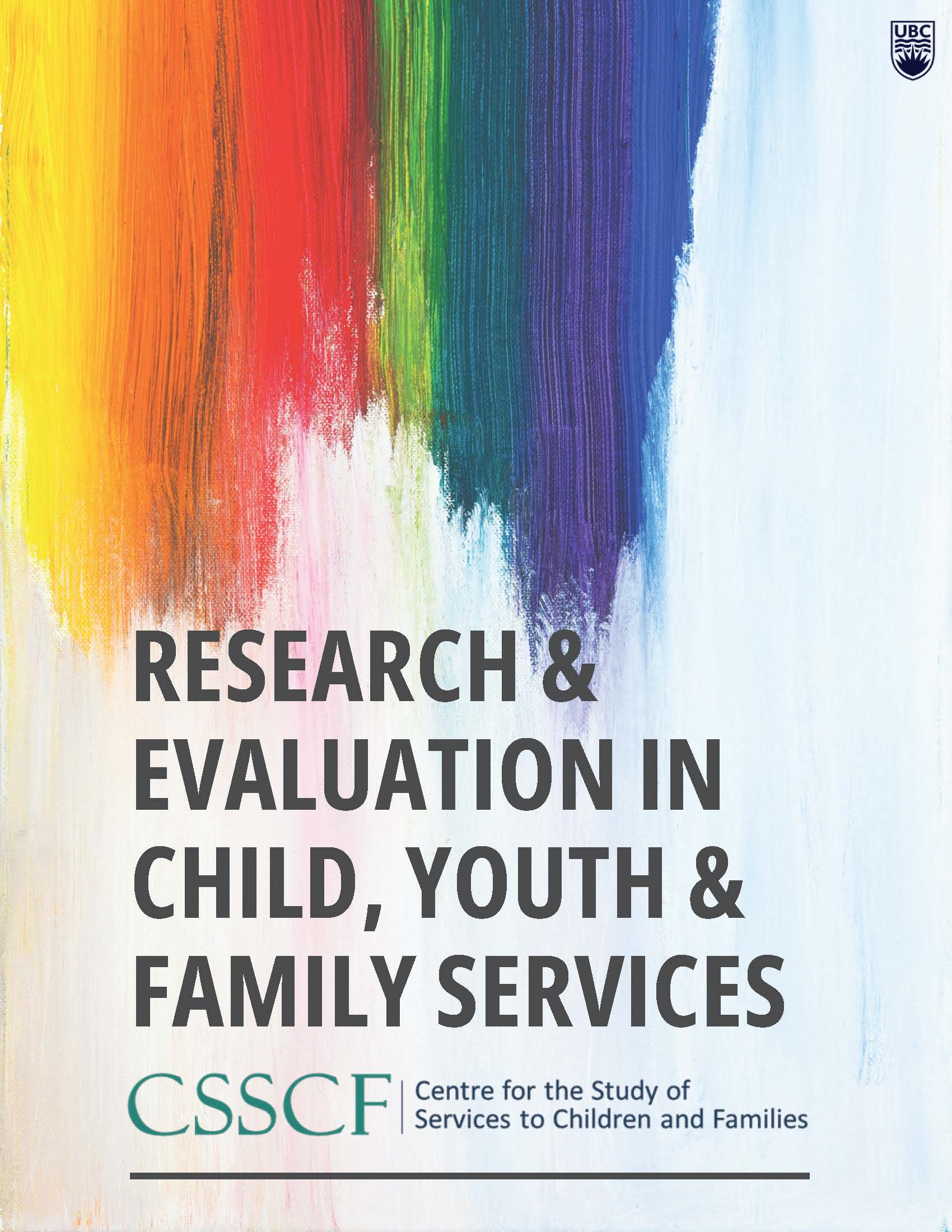The Benefits and Challenges of Using Virtual Technology
The Impact It Has Had on Child Protection Response Practice during the COVID-19 Pandemic
DOI:
https://doi.org/10.14288/recyfs.v4i1.197540Keywords:
Virtual technology, COVID-19 pandemic, child protection work, British ColumbiaAbstract
This research study was completed by the University of British Columbia (UBC) School of Social Work, in collaboration with the MCFD. In March of 2020, BC declared a state of emergency in response to the pandemic. To address the challenges of the pandemic, MCFD child protection response workers were allowed to use virtual technology to meet with families when necessary. A literature review was conducted to obtain existing research on the benefits and challenges of using virtual technology to complete child protection risk assessments. The findings helped form the conceptual and theoretical framework which produced two research questions, (1) What are the benefits and challenges that child protection response workers faced in their practice with families when using virtual technology during the COVID-19 pandemic. (2) What tasks under the child protection response can be continued virtually post-pandemic.
This is exploratory research, using an ecological and trauma informed framework. The eligibility criteria included MCFD child protection response workers. Data was collected through an online survey through UBC Qualtrics. Descriptive statistics analysis and inductive thematic analysis were conducted to determine themes and patterns around the benefits and challenges of the use of virtual technology amongst child protection response workers.
This study found that majority of child protection response workers supported a hybrid model. Certain tasks were not recommended to be completed virtually, specifically intake risk assessments and working with younger children. Tasks that were generally supported to continue virtually were larger external and family meetings, and court proceedings. Majority of the participants highlighted the need for policy clarification, managerial support, digital accessibility and training for both service users and workers. After analyzing the data there were three key limitations to this research relating to insufficient sample size, selection bias, and errors in instrumentation.
Based on this research process, there are three implications for policy and practice, which include, 1) intake child protection assessments are not recommended to be done virtually, (2) a need for specific policy on a hybrid approach for certain tasks and guidelines around the recommended tasks that can be done virtually, and (3) virtual technology training for child protection workers and service users.
To enhance existing research, further research should be conducted in rural parts of BC and other provinces of Canada. Additional research needs to be completed to help better understand the experiences of virtual technology use with Indigenous populations, and experiences of service users that utilize child protection related services.
Furthermore, this research provides MCFD’s Operational Child Welfare Policy Team with significant findings that may be beneficial to guide potential policy development. The findings of this research indicate that there are both benefits and challenges with virtual technology use in child protection response related to work within family support and child safety service line of MCFD.
Downloads
Published
Issue
Section
License
Copyright (c) 2022 Research and Evaluation in Child, Youth and Family Services

This work is licensed under a Creative Commons Attribution-NonCommercial 4.0 International License.
This work is licensed under a Creative Commons Attribution-NonCommercial 4.0 Inrernational License. Copyright for articles published in this journal is retained by the authors, with first publication rights granted to the journal. By virtue of their appearance in this open access journal, articles are free to use, with propoer attribution, in edicational and other non-commercial settings.


